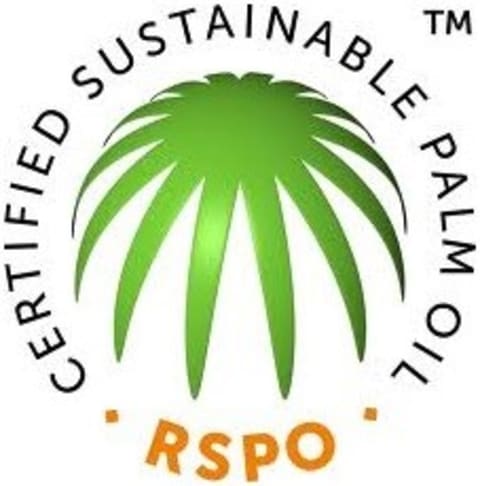Here’s what you need to know about this useful but dangerous resource: Since the U.S. enacted mandatory trans fat labeling laws nationwide in 2008, palm oil has served as its replacement in a ton of packaged cookies, crackers, ice creams and other calorie-high treats. Earlier this summer, the FDA called for a complete ban of trans fats in food by 2018, which will most likely drive demand for the oil up even more. The FDA requires that palm oil be listed on food ingredient labels, though, so it’s pretty easy to spot. Palm oil can also be used to remove dirt from hair and skin, making it a popular ingredient in many shampoos and soaps. But the palm oil in personal care products doesn’t need to explicitly listed on labels — glycerin and stearic acid are sneaky names for it that often appear instead. 2. We use a ton of it. Forget canola and soybean. Palm oil is the most widely consumed vegetable oil on the planet, and has been for over a decade. Today, you can find it in nearly half of all packaged products. 3. It’s advertised as a healthier alternative, but is actually high in saturated fat. The processed food industry bills palm oil as a healthier alternative to harmful trans fats. Though it may be the lesser of two evils, palm oil still isn’t perfect. It’s high in saturated fat and studies show that it actually raises LDL cholesterol (that’s the bad stuff). 4. Most palm oil comes from tropical regions in Southeast Asia. Palm oil is derived from the fruit of oil palm trees which thrive in warm, wet conditions. About 86% of its global supply comes from Indonesia and Malaysia. These countries’ economies are extremely dependent on the export, so they’ve cleared millions of acres of forests to make way for more lucrative palm oil plantations. 5. Palm oil production has devastated forests, animals and people. Palm oil deforestation releases high levels of carbon dioxide and destroys the habitat of some of Southeast Asia’s most valued wildlife. The clear-cutting of forests leaves species like tigers and orangutans without food or shelter and, as a result, a third of Indonesia’s mammal species are now considered critically endangered. In this destructive pursuit of palm oil, native people living in these forests are also threatened — they can be forced from their homes without any form of repayment. 6. Finally some good news! Major corporations are starting to source responsibly produced palm oil. Earlier this year, the Union of Concerned Scientists released a report evaluating the palm oil buying practices of 40 of America’s largest companies. The results are encouraging: many of them are taking a stand against the historically dirty industry! Each company was assigned a score based on its commitment to purchasing deforestation-free, traceable palm oil. Though no company has made a full commitment yet, packaged food leaders like Nestle and Danone are getting close. Personal care names like Colgate and Henkel are also making impressive strides towards 100% responsible sourcing. 7. You can make a huge difference. Instead of giving up palm oil products all together (like I said — the stuff’s in everything), look out for products that have been responsibly sourced next time you’re in the grocery store. Labels like “RSPO Certified Sustainable Palm Oil” distinguish the most tried-and-true eco-friendly brands. Likewise, the higher the demand for RSPO goods, the more prevalent this label will become. Every purchase is a vote, and by investing in environmentally-friendly palm oil, you’re voting to end an ugly, destructive practice. Emma received her B.A. in Environmental Science & Policy with a specialty in environmental communications from Duke University. In addition to penning over 1,000 mbg articles on topics from the water crisis in California to the rise of urban beekeeping, her work has appeared on Grist, Bloomberg News, Bustle, and Forbes. She’s spoken about the intersection of self-care and sustainability on podcasts and live events alongside environmental thought leaders like Marci Zaroff, Gay Browne, and Summer Rayne Oakes.




